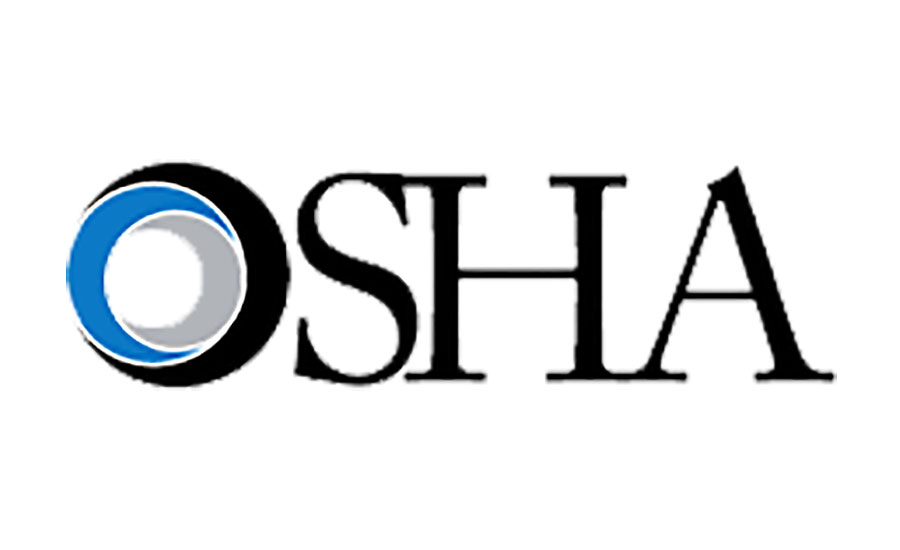According to OSHA’s Spring 2015 Unified Agenda, the follow standards are in the pre-rule, years-away from reality, state: bloodborne pathogens, combustible dust, chemical management and permissible exposure limits (PELs), process safety management and prevention of major chemical accidents, shipyard fall protection and communication tower safety. Without question, and with decades of slow standards-setting experience at OSHA, these issue will take years to be addressed, if ever.
A bit closer to reality are standards in the proposed rule state. These include occupational exposure to crystalline silica, exposure to beryllium, streamlining provisions of state OSHA plans, amendments to the cranes and derricks construction standard, an amended respirator quantitative fit testing protocol, and crane operator qualification in construction. Still, it’s unlikely any of these issues will emerge from the standards-setting pipeline until 2017 and beyond.
Standards closest to becoming a reality are those in the final rule stage: walking working surfaces and personal fall protection systems to prevent slips, trips and falls, updating OSHA standards based on national consensus standards for eye and face protection, improving tracking of workplace injuries and illnesses, and procedures for handling employee retaliation complaints under numerous laws. OSHA in the years of the Obama administration under the leadership of Dr. David Michaels has become increasingly active in protecting employees against retaliation for registering complaints.
Next year, being a presidential election year, means regulatory agencies such as OSHA “go dark” to an extent to avoid making waves for the current administration and handing the GOP ammunition to condemn onerous regulatory burdens on business. Still, watch for the possible issuing of “midnight regs” after the November election to satisfy personal priorities of OSHA leaders, especially if the GOP wins the White House and starts running OSHA on January 20, 2017. In 2000, the Clinton administration famously issued the controversial OSHA ergonomics standard after losing the election, only to have the incoming administration of President George W. Bush direct the U.S. Senate to toss out the rule, which it quickly did.
